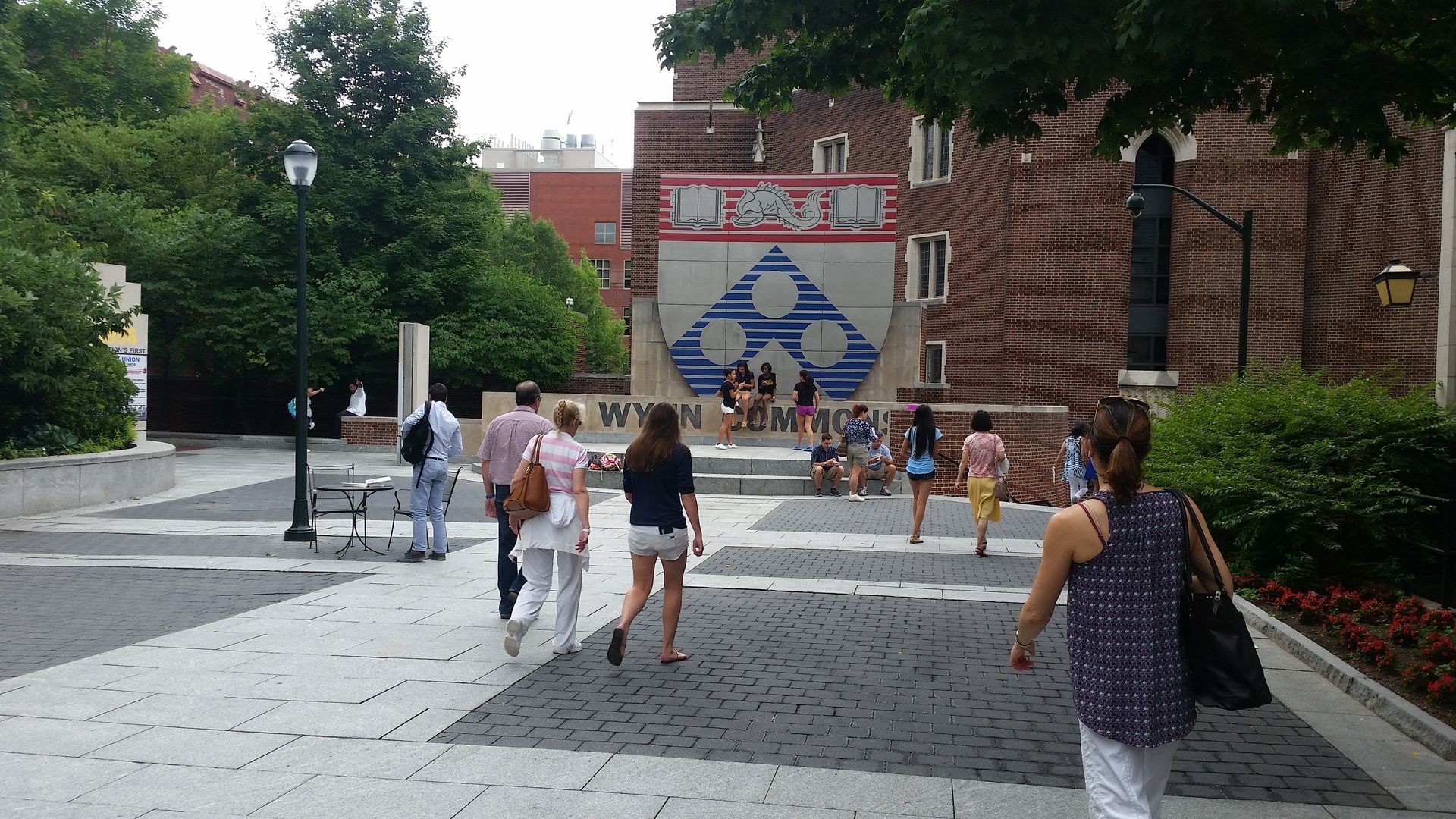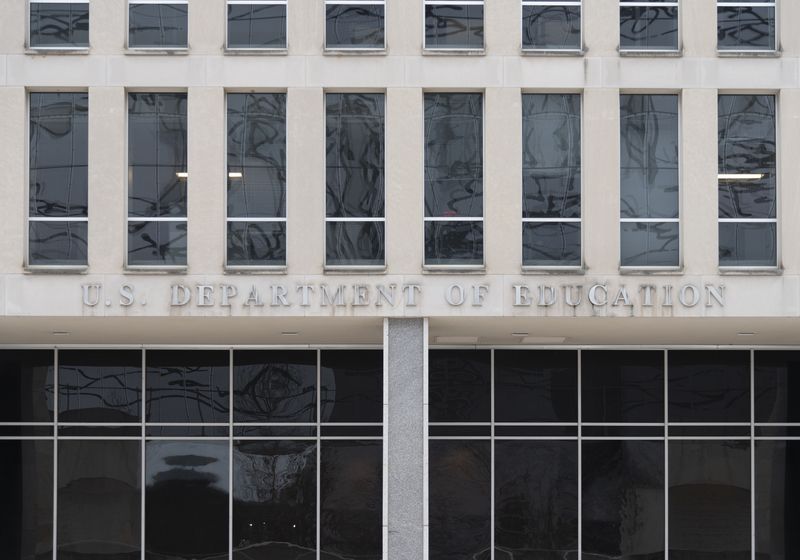Changes to the Department of Education May Affect School and Career Choices
March 20, 2025

Over the past two months, significant changes within the U.S. Department of Education have profoundly impacted student loans and financial aid. Many news articles have discussed these changes and their impact on students who are currently repaying their loans. This Blog article recaps some of the changes that have been made to the federal student loan system and discusses how they might affect students looking at colleges or looking forward to starting college next year.
1. 50% of the Department of Education staff was laid off two weeks ago, including most of the staff in the Federal Student Aid Office (FSAO), which oversees federal student loans and Pell grants. This could cause delays in rolling out the FAFSA form or making sure that the FAFSA website is online. In 2022, the FAFSA, which usually rolls out October 1st, was delayed until mid-December. This was due to implementation problems streamlining the FAFSA as mandated by Congress. Part of the reason the update took so long is the Federal Student Aid Office was understaffed for the project. This could just be a taste of the future with only a bare-bones staff left after the firings. It is interesting to note that the FAFSA website was down for hours the day after the FSAO cuts.
Bottom Line for high school Seniors: Read up on current student loan guidelines on FinAid.org and make your FAFSA applications as soon as the application is released in the fall.
2. All Income Driven Reduction programs (IDR) have been effectively halted because borrowers cannot access the form required to update their income as required by the program. There have been Reddit and newspaper reports of students’ loan payments ballooning since the IDR programs have been suspended. An article in Fortune (3/17/25, Preston Fore) gave examples of monthly repayments that ballooned from $500 to several thousand dollars. It is important to note that IDR programs, including the Income-Contingent Repayment plan (ICR), the Pay as You Earn plan (PAYE), the Revised Pay as You Earn Plan (REPAYE) and the Saving on a Valuable Education Plan (SAVE) are plans spun off of the original Income Based Reduction (IBR) plans authorized by Congress in 2009. While the Trump Administration may be able to discontinue all IDR programs, it should not be able to discontinue the IBR program. The New York Times (2/28/25, Tara Siegel Bernard) quoted Scott Buchanan of the Student Loan Servicing Alliance saying he expected that IBR program applications will be available again in a few months, but we just don’t know.
Bottom Line for prospective and current federal loan borrowers: Do not base your college or career plans on the hope of income-based repayment programs. If you need to borrow a lot to attend college, make sure your major and eventual career will support your loan payments. If you’re setting your sights on an expensive private college, consider more affordable alternatives like state universities.
3. The Public Service Loan Forgiveness Program (PSLF), authorized by Congress in 2007, allows borrowers who work for the any government office or non-profit organization, including schools, libraries and hospitals to apply for loan forgiveness after 10 years. PSLF is an IDR-based program, so during the repayment period, borrowers’ monthly payments are often much less than they would be on a straight 10-year repayment plan. An Executive Order signed by President Trump on March 7th immediately removed any program that may impact immigration, DEI, LBGTQ+ issues or any service that may “obstruct or influence Federal Government policy” from the PSFL program. This impacts thousands of health care workers, non-profit employees and many teachers who anticipated writing off the remainder of their student loans after 120 payments. Instead they may face an immediate increase in their monthly repayment schedule.
Bottom Line for high school and college students looking to enter careers in teaching, governments work or health care: PSFL programs may be reduced to only certain professions, subject to future review or eliminated because repayments are based on an IDR formula. You should base your career and lifestyle choices on repaying student loan on a 10-year amortization schedule.
4. Policy makers are considering changes to tax laws exempting student loans from taxation. Traditionally, the federal government has encouraged high school students to continue on to college by making college education affordable. Financial aid grants are not taxed. IDR and IBR balances that are forgiven are not taxed. Student loan interest can be deducted on your Schedule A. Congress is currently considering eliminating all of these “perks”.
Bottom line: A tax on grants effectively reduces the net benefit of the grant. At a 12% tax rate, a $10,000 grant will be worth only $8,800 after taxes. Students and their families will have to make up the difference out of pocket – not directly to the school, but to their family budgets on April 15th when they absorb the tax hit. Young families struggling to make ends meet may also loose the interest write-off every year they’re repaying their student loans.
These changes to the Department of Education, student loan programs and, potentially, the tax code are an evolving story. The Trump Administration may fine-tune these programs or discard them. Judges have stepped in and may find that these changes are unlawful and must be reversed. High School Seniors are under the gun – they need to evaluate these changes immediately so they can make sure their college choices are still appropriate by the May 1st decision deadline. Juniors have the luxury of taking a wait-and-see position as policy is solidified. Students in college need to reevaluate the career choices if they were planning on refinancing their loans into an IBR or IDR or if they were planning on applying for the PSFL program. To stay safe, keep informed, don’t take on too much debt, write your congressman.
Recent Posts






